In recent weeks, we have informed you about the European Parliament's efforts to universally introduce uniform charging accessories for smart mobile devices of all brands. Apple strongly opposes these activities, according to which the widespread unification of chargers can harm innovation. But what exactly is the European Parliament asking for and what effects would putting this regulation into practice have?
It could be interest you

EU requirements
Among the reasons that led members of the European Parliament to submit a proposal for the unification of ports on chargers are efforts to reduce costs, simplify the lives of users and, last but not least, efforts to reduce the volume of electronic waste. The unification of chargers should apply to all smartphones, tablets and other mobile devices. A 2019 study showed that almost a fifth of users had to face significant problems in the past that were related to the use of non-standard chargers. These were, for example, problems with the incompatibility of chargers between different mobile devices, differences in charging speed or the need to constantly carry several types of charging cables and other accessories with you. In addition, according to the European Union, the introduction of uniform chargers could reduce the volume of electronic waste by up to 51 tons per year. The overwhelming majority of members of the European Parliament voted for the introduction of the relevant regulation.
Failed memorandum
The European Commission has been developing activities aimed at unifying chargers for more than ten years. The EU originally sought to unify the charging ports directly in mobile devices, but over time the unification of charger terminals proved to be easier to implement. In 2009, according to Commission data, an estimated 500 million mobile phones were used in the countries of the European Union. The types of chargers differed for different models - or rather manufacturers - there were about thirty different types on the market. In that year, the European Commission issued the relevant memorandum, which was signed by 14 technology companies, including Apple, Samsung, Nokia and other famous names. A number of smartphone manufacturers then agreed to introduce microUSB connectors as a standard for smartphone chargers.
According to the plan, the new phones were to be sold together with microUSB chargers for a certain period of time, after which the phones and chargers were to be sold separately. Users who already had a working charger could then only purchase the smartphone itself if they upgraded to a newer phone model.
At the same time, speculation began (justifiably) about whether Apple would be able to meet these requirements. At the time, mobile devices from Apple were equipped with a wide 30-pin connector, and therefore the ends of the charging cables were also different. Apple managed to partially bypass the indirect regulation by allowing users to use an adapter - a special reducer was placed on the microUSB cable, ending with a 30-pin connector, which was then plugged into the phone. In 2012, the Cupertino company replaced the 30-pin connector with Lightning technology, and as part of the aforementioned agreement, it also began offering a "Lightning to microUSB" adapter. Thanks to this, Apple once again avoided the obligation to introduce microUSB connectors for chargers for its mobile devices.
Then in 2013, a report was released that 90% of mobile devices on the market at the time actually supported common charging technology. However, this statistic also included cases where the manufacturer only allowed users to use a microUSB adapter, as was the case with Apple.
One of the members of the European Commission remarked at the time that from the point of view of the citizens of the EU countries and from the point of view of the members of the commission, an ordinary charger simply does not exist. The failure of the memorandum forced the European Commission in 2014 to an even more intensive activity, which was supposed to lead to the unification of the chargers. However, the microUSB standard has already become obsolete according to some, and in 2016 the commission recognized that USB-C technology has essentially become the new standard.
It could be interest you

Apple protests
Since 2016, Apple has recognized USB-C technology as a standardized interface for charging adapters, but simply does not want to implement it as a standard for device connectors as such. USB-C connectivity has been introduced, for example, in the ports of the latest iPad Pros and newer MacBooks, but the rest of Apple's mobile devices are still equipped with a Lightning port. While the replacement of the USB-A standard with USB-C for charging adapters (that is, at the end of the cable that is inserted into the charging adapter) would not (apparently) be a problem, the widespread introduction of USB-C ports instead of Lightning would, according to Apple, be costly and would to the detriment of innovation. However, Apple is not too keen on the transition from USB-A to USB-C either.
The company based its arguments on a study by Copenhagen Economics, according to which the introduction of a uniform charging standard in devices could ultimately cost consumers 1,5 billion euros. The study further stated that 49% of households in European Union countries use more than one type of charger, but only 0,4% of these households are said to be experiencing problems. In 2019, however, the European Commission ran out of patience with how irresponsible some manufacturers are towards the voluntary adoption of a uniform charging standard, and began taking steps towards issuing a mandatory regulation.
What will be next?
Apple continued to stick to its arguments, according to which the introduction of a unified charging standard harms not only innovation, but even the environment, as a mass transition to USB-C technology could result in the sudden creation of a huge amount of e-waste. At the beginning of this year, the European Parliament practically unanimously voted to introduce relevant legislation with the following options:
- Option 0: Cables will be terminated with either USB-C or another end, the manufacturer will allow customers to purchase a corresponding adapter.
- Option 1: The cables will be terminated with a USB-C end.
- Option 2: Cables must be terminated with a USB-C end. Manufacturers who want to continue to stick with their own solution will need to add a USB-C adapter to the device along with a USB-C power connector in the box.
- Option 3: Cables will have either USB-C or custom terminations. Manufacturers who choose to use a custom terminal will need to add a USB-C power adapter to the package.
- Option 4: The cables will be equipped with a USB-C end on both sides.
- Option 5: All cables will be equipped with a USB-C terminal, manufacturers will be required to include a fast-charging 15W+ adapter with the devices
The European Union aims to unify charging solutions for mobile devices without compromising future technology innovation. By standardizing charging solutions, the EU wants to achieve a reduction in prices and an increase in quality, as well as a reduction in the occurrence of non-original, uncertified and therefore not very safe accessories and accessories for charging. However, no decision has yet been made on what the entire regulation will look like in the end.
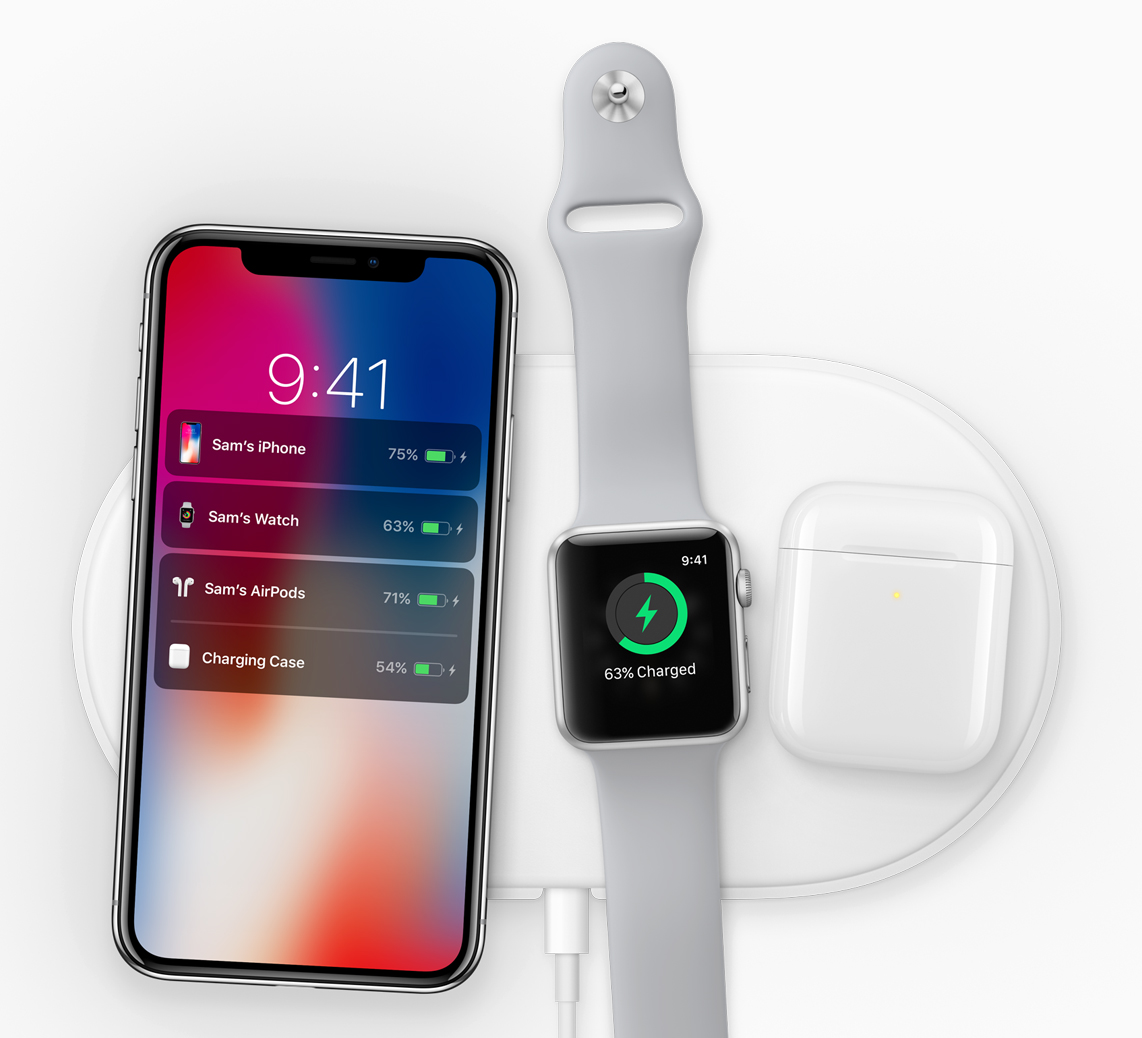

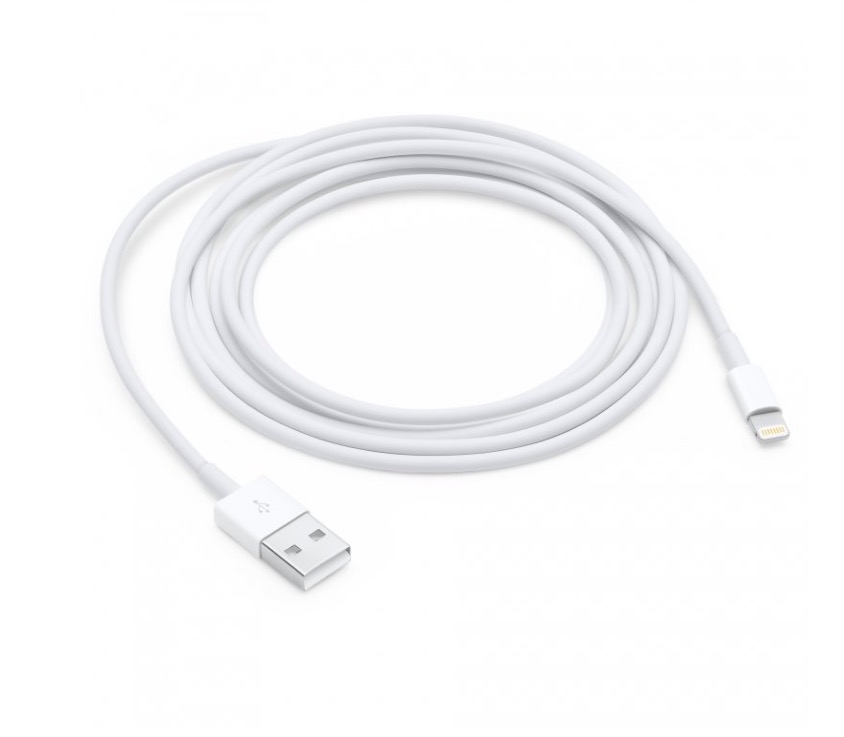
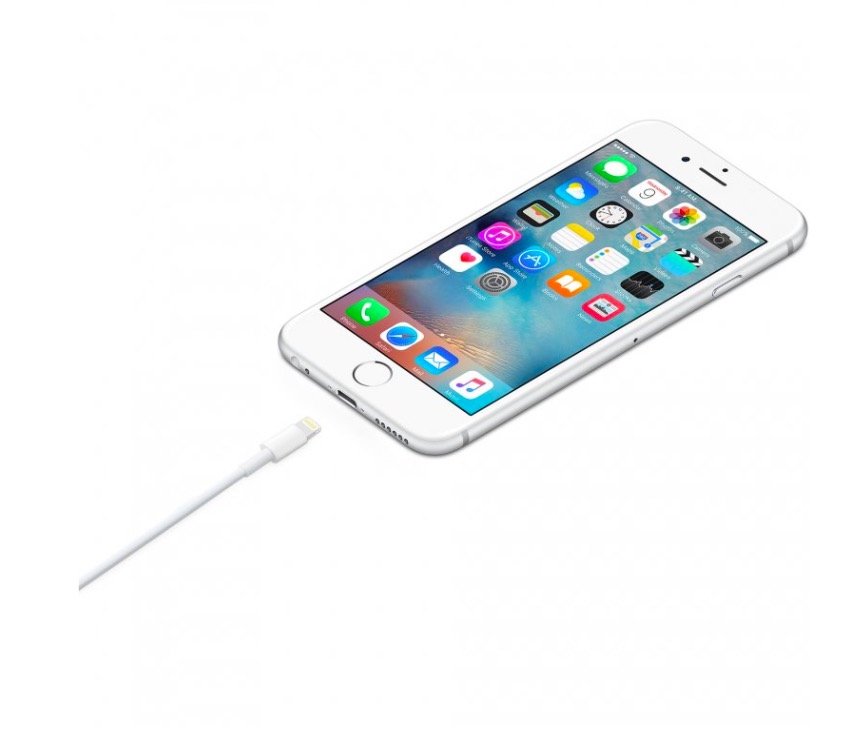
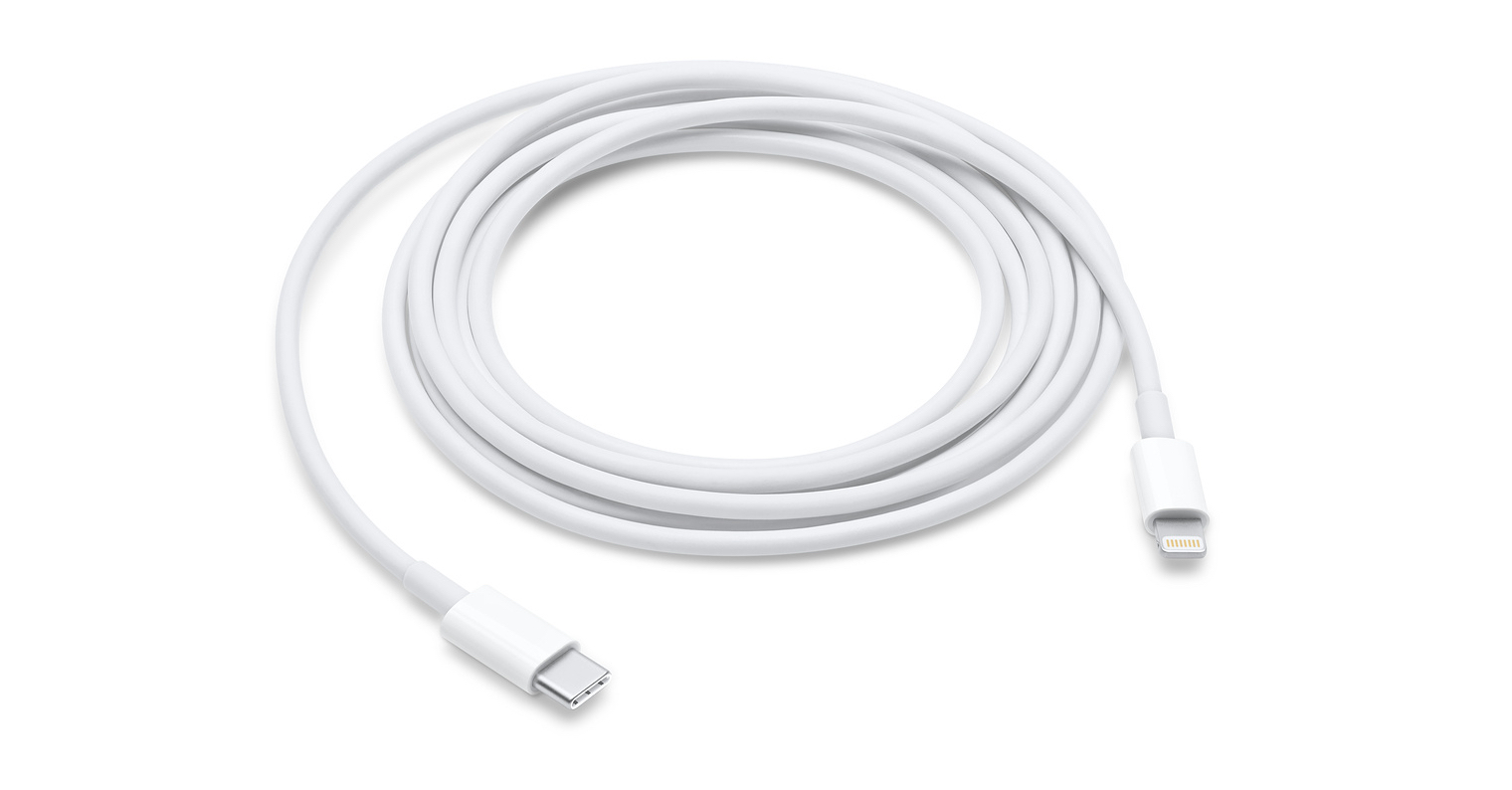
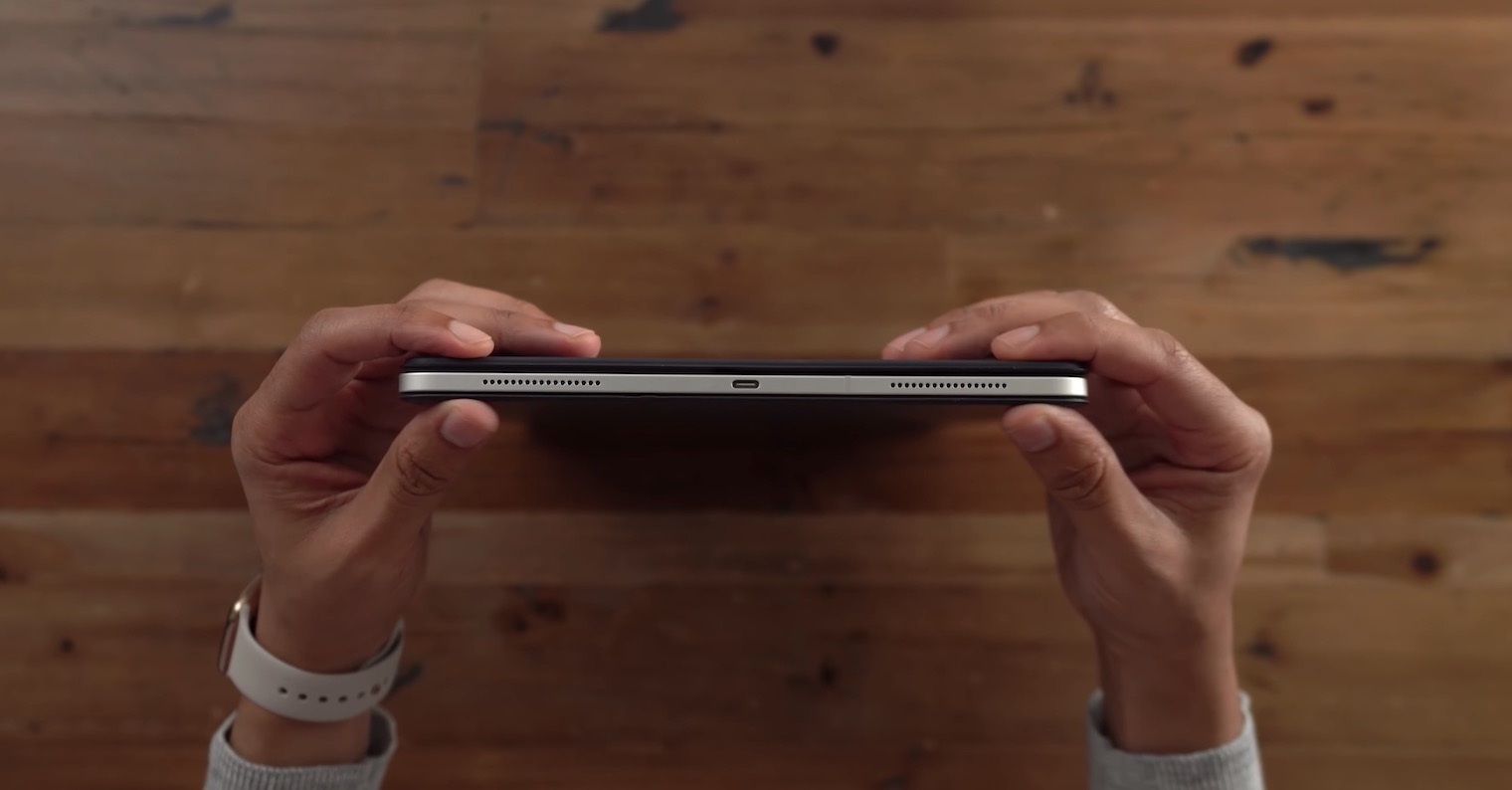
How on earth can they order them what to put there, after all it's upside down.. :-(
Classic EU. Completely unimportant things are being resolved, but the fact that Coca Cola bought here is different from the one in Germany is a joke. I am completely satisfied with the lighting. Quality connector. At a time when everyone had a stupid microUSB that you couldn't plug in after dark, the sturdy and double-sided Lightning was a miracle. I have a bunch of Apple chargers and cables at home. As far as I'm concerned, they wouldn't have to give me any cable at all for my next phone. And not even a charger. The greenest charger is no charger at all.
Finally, the EU will step on Apple, which is not ashamed to sell a cable for CZK 590 and collect license fees from other manufacturers. Without the EU, every manufacturer would have their own connector and the chatter would be unreal.
Exactly :)
Where the EUROBolshevik steps, grass does not grow there for 100 years. Why should some bureaucrat talk into our connectors? What will they buckle into next?
When will you fix the broken layout? Aren't you crazy?